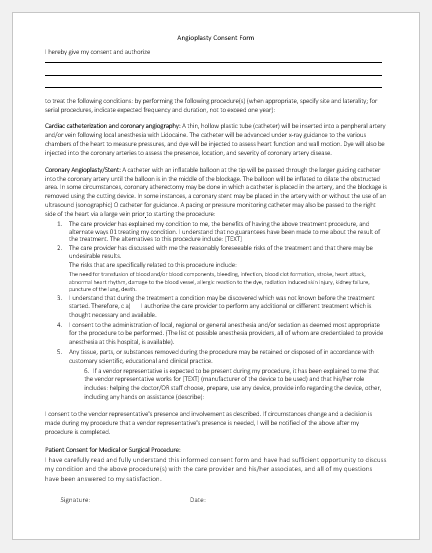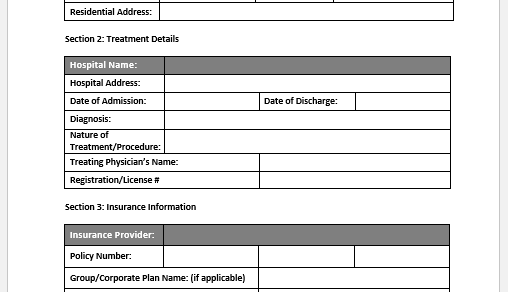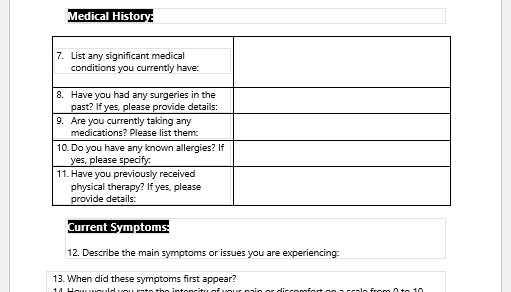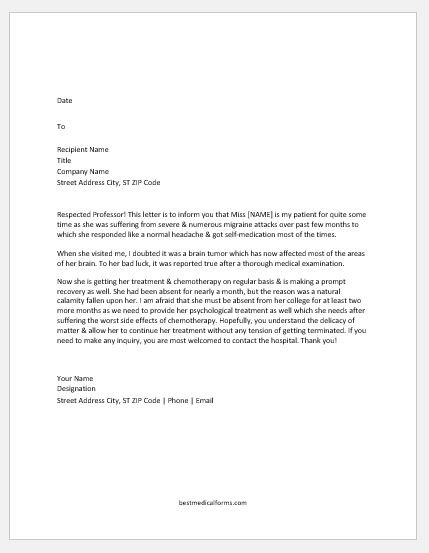What is Angioplasty?
The term Angio means blood vessel and Plasty refers to molding or forming. Angioplasty is an invasive procedure done to unblock or widen obstructed or narrowed blood vessels. It is also called percutaneous transluminal angioplasty which explains how the procedure is performed.
Why is Angioplasty needed?
Indications of Angioplasty include:
- Angina
- Myocardial infarction
- Before coronary bypass surgery
- Congestive heart failure
- Peripheral arterial disease
- Coronary artery stenosis
- Carotid artery stenosis
- Renal artery stenosis
- Venous narrowing
- Arteriovenous fistula stenosis
Contraindications of Angioplasty:
- Allergy to contrast medium
- Uncontrolled blood pressure
- Coagulation disorders
- Kidney failure
- Severe anemia
- Arrhythmias
- Transient ischemic attack
- Infection
Patient preparation:
The equipment required is an ECG machine, Angioplasty sheath, wire, stent, balloon, a catheter (diagnostic or therapeutic), inflator, and contrast medium. The patient has to be admitted to the hospital one day prior to the procedure. The patient is not permitted to eat or drink for at least 8 hours before angioplasty. Informed consent is taken from the patient by the Cardiologist.
In female patients, a pregnancy test is done to rule out pregnancy. All questions asked by the patient are addressed. Past medical or surgical history, drug history, and allergies are asked. Certain medications used for blood thinning, erectile dysfunction, and diabetic medicine must be stopped a few days prior to admission. Baseline investigation and ECG must be performed before doing the procedure.
How Is It Performed?
A sedative is given by the intravenous route to the patient. The area is shaved and cleaned with a povidone-iodine solution. A local anesthetic agent is injected/ applied over the area. Areas commonly approached are the groin or arm.
A small skin incision is made over the prepared area and a contrast medium is injected into a vein to visualize the blocked area. A catheter is passed through the artery up to the blocked area followed by a guidewire. Another catheter with a balloon is passed over the guidewire and inflated in the area of the blockade. This restores blood flow to the affected area.
Complications of Angioplasty:
- Bleeding
- Infection
- Vascular damage
- Recurrent stenosis
- Myocardial infarction
- Allergic reaction
- Nerve injury
Angioplasty Consent Form:
Angioplasty is an invasive medical procedure with the possibility of complications. It is hence essential to take informed consent prior to the procedure. The form includes the following information:
- Name of the patient, with the father’s name, identification number, date of birth, sex, address, profession, and contact number.
- The complete explanation of the procedure – e.g. to improve the blood supply to a specific area like a heart. The whole method explained above is included in the form.
- The statement of the doctor is taken, which says the patient has been informed about the procedure and possible complications. It also mentions the name of the doctor with his registration number.
- Risks according to severity and frequency.
- Pre-procedure preparation
- Privacy statement.
- Name and signature of the patient.



